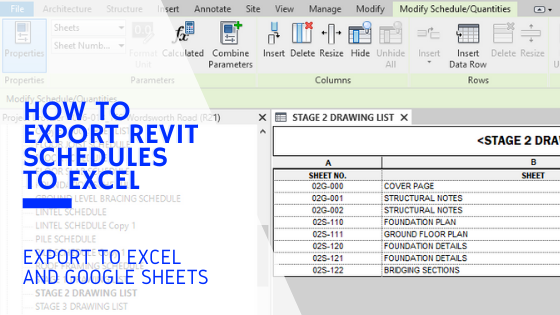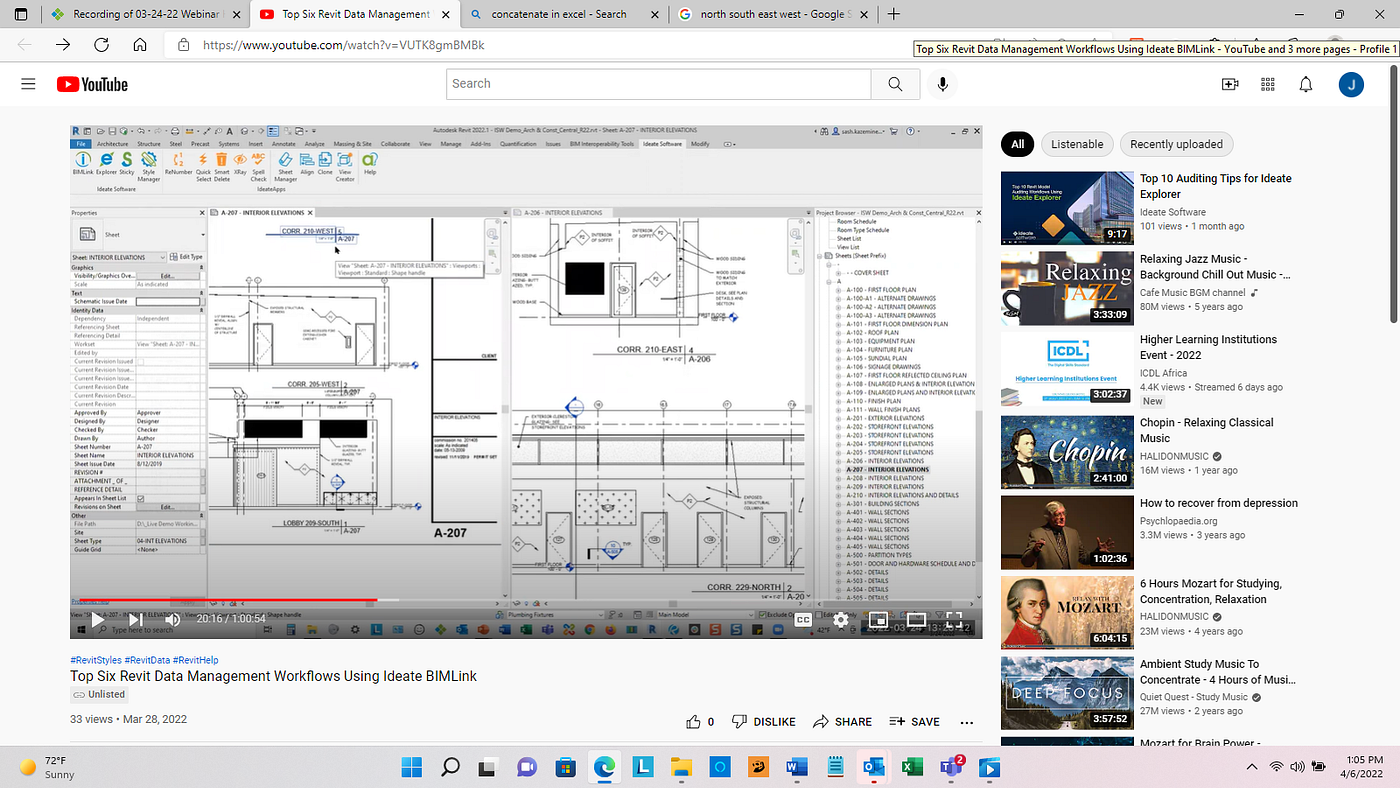Revit Plugins for Unleashing Your Layout Prospective
Wiki Article
Mastering the Art of Data Combination: How to Seamlessly Import Excel Data Into Revit
In this write-up, we will direct you via the process of understanding the art of data combination. Obtain prepared to prepare your Excel data effortlessly and follow our detailed overview to import files right into Revit. With our ideal methods, you'll accomplish information combination success in no time.Comprehending the Value of Data Assimilation in Revit
Recognizing the relevance of data combination in Revit is critical for seamless importing of Excel documents. When you integrate data from Excel into Revit, it allows you to successfully handle and update information throughout the entire task. This assimilation guarantees that your design and building process is exact and up-to-date.By integrating data, you can conveniently import and upgrade specifications, timetables, and even geometry in Revit. This eliminates the requirement for hand-operated data entrance, conserving you time and decreasing the risk of mistakes. With Revit's data combination abilities, you can maintain uniformity and precision in your project, while additionally boosting cooperation amongst staff member.

Exploring the Excel Documents Style for Revit Integration

In order to efficiently integrate Excel documents into Revit, it is important to guarantee that the information is formatted properly. This consists of correctly identifying columns and rows, as well as structuring the data in a manner that works with Revit's data schema. Revit utilizes details parameters and groups to arrange data, so it is very important to align the Excel information with these specifications to guarantee a smooth integration.
Additionally, it is essential to keep in mind that Revit only sustains certain data types when importing from Excel. These include text, numbers, and days. Any type of various other data types, such as formulas or conditional formatting, will certainly not be acknowledged by Revit and might create issues during the integration procedure.
Preparing Your Excel Information for Seamless Import Into Revit
To make sure a smooth assimilation procedure, you'll require to properly format and tag the columns and rows in your Excel information prior to importing it right into Revit. Start by examining your Excel data and recognizing which columns and rows contain pertinent info for your Revit project.Next, ensure that the information in each column is appropriately formatted. As an example, if you have a column for dimensions, ensure that all measurements are consistently formatted in the very same units of measurement. Revit counts on consistent formatting to accurately translate and import data.
In addition, it is very important to look for any type of empty cells or inconsistencies in your data. Revit might not be able to check out or import information from cells that are vacant or contain errors. Therefore, it is recommended to evaluate your Excel information and tidy up any incongruities before importing it into Revit.
Step-By-Step Guide to Importing Excel Data Into Revit
As soon as you've appropriately formatted and classified your Excel information, you can quickly import it into Revit by following this detailed overview. To begin, open Revit and browse to the "Insert" tab. revit plugins.Next, a dialog box will certainly show up, enabling you to personalize the import settings. Below, you can pick the worksheet you wish to import, define the variety of cells to import, and choose the suitable units for your data. As soon as you've made your choices, click "OK" to proceed.
Revit will now show a sneak peek of your Excel information. Take a minute to evaluate the sneak peek and make certain that every little thing looks appropriate. If required, you can make changes to the import settings by clicking on the "Settings" switch.
Ideal Practices for Data Combination Success in Revit
Ensure you follow these finest methods to make certain successful integration of data in Revit. Most importantly, it is essential to organize your data in Excel prior to importing it right into Revit. This indicates ensuring consistent naming conventions, proper format, and accurate information depiction. Next off, make usage of Revit's built-in devices for data mapping. This will certainly permit you to match the columns in your Excel file with the matching specifications in Revit. Be mindful of the information and systems types when mapping the data, as any type of inconsistencies can bring about mistakes in the combination process.An additional essential technique is to consistently validate and upgrade your data. In addition, make use of data recognition devices within Revit to recognize any mistakes or inconsistencies in the integrated data.
Lastly, it is recommended to develop a clear process for information combination. This includes defining responsibilities and duties, establishing up a communication channel in between team members, and establishing a regular tempo for information updates and evaluations. By complying with these finest practices, you can ensure a effective and seamless integration of information in Revit, ultimately improving the performance and precision of your task.
Final Thought
To conclude, grasping the art of information combination is critical for seamless import of Excel submits right into Revit. Understanding the significance of data integration in Revit is the first action towards effective integration. Exploring the Excel file layout for Revit assimilation helps in understanding the constraints and demands. Preparing the Excel data correctly and following a step-by-step guide is crucial for a smooth import process. By following ideal techniques, you can ensure data assimilation success in Revit and make the most out of your task.When importing information from Excel right into Revit, it is vital to recognize the revit tools data style and exactly how it can impact the integration process (import excel into revit). Revit makes use of certain specifications and classifications to organize information, so it is crucial to line up the Excel data with these parameters to ensure a smooth combination
Be mindful of the units and information kinds when mapping the data, as any discrepancies can lead to mistakes in the combination process.
In addition, make use of data recognition tools within Revit to identify any kind of errors or inconsistencies in the incorporated data.

Report this wiki page